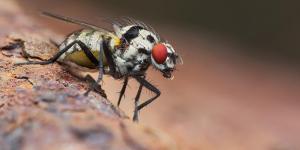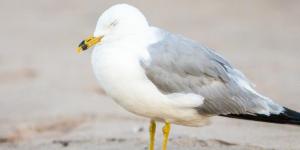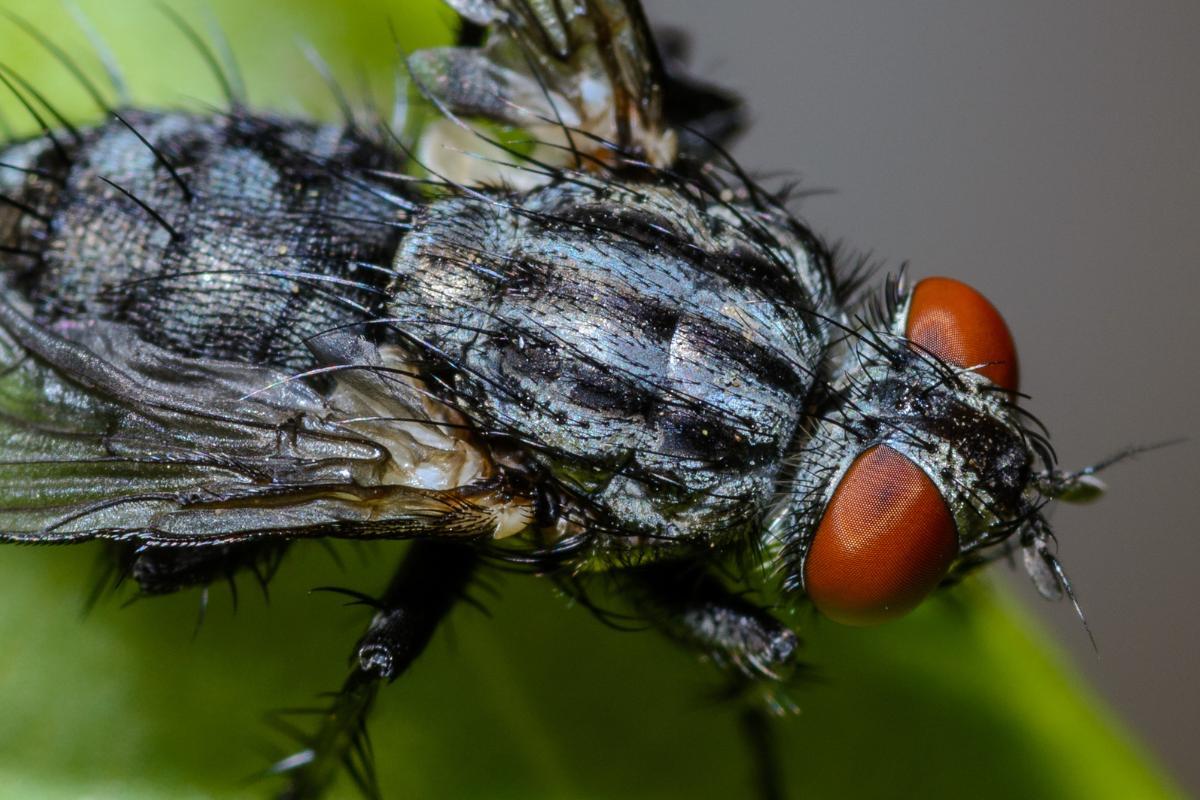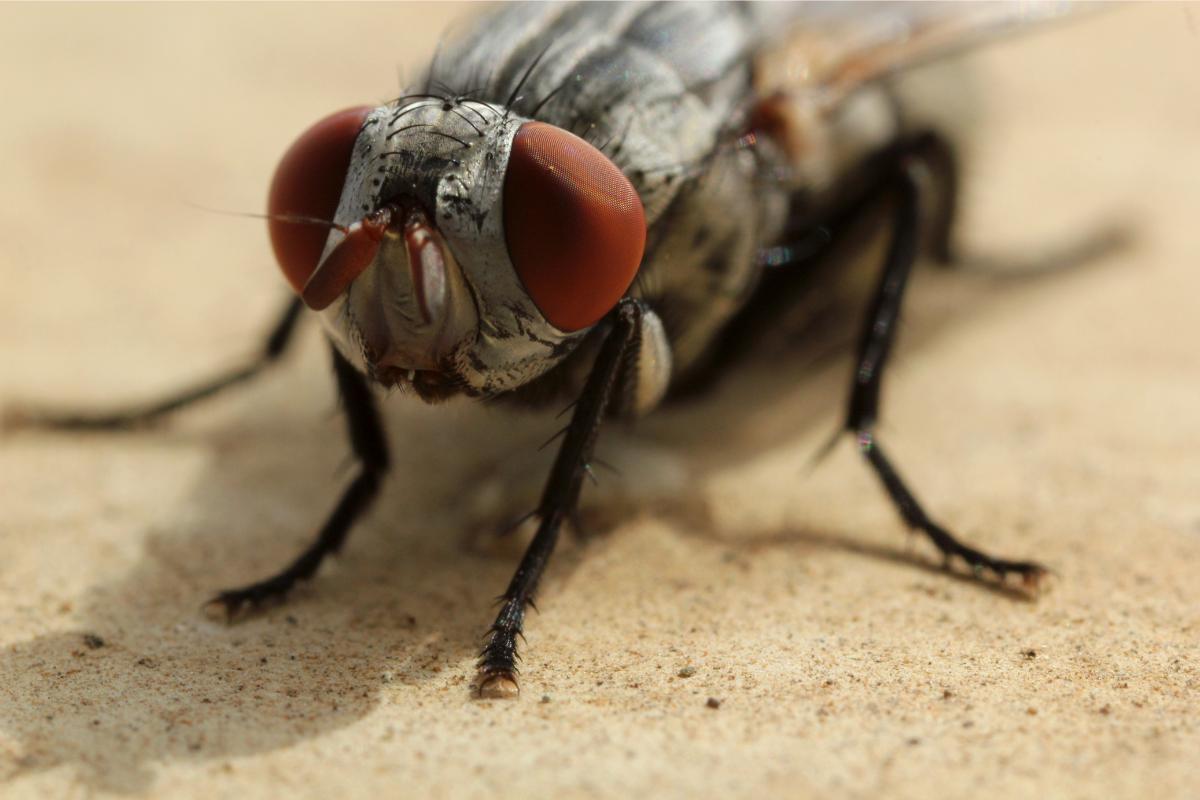Do Flies Sleep? - When, Where, and How Do Flies Rest?

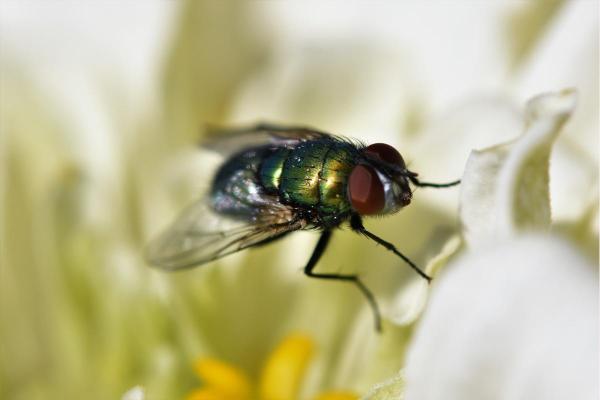
Flies are an incredibly diverse and abundant group of insects. With over 150,000 known species worldwide, flies belong to the order Diptera, meaning "two wings," as they possess a single pair of functional wings. These small, agile creatures can be found in almost every corner of the globe, occupying a wide range of habitats from dense forests to urban areas. But, have you ever wondered if these insects go to sleep like we do?
In this AnimalWised article, we delve into the intriguing question of whether flies sleep and explore the fascinating aspects of when, where, and how they do so.
Do flies sleep?
While it may come as a surprise, flies do indeed sleep. Just like any other member of the animal kingdom, these tiny insects require periods of rest to replenish their energy and carry out vital processes such as feeding and reproduction. Sleep plays a crucial role in their daily lives, ensuring their well-being and overall functionality.
It was only in 2000 that it was discovered that the periods of immobility during the night represented a sleep-like state, as they were associated with a reversible increase in arousal threshold. This discovery provided conclusive evidence that fly sleep shares fundamental features with mammalian sleep.
It's important to note that flies are insects known for their ability to fly, which demands significant energy expenditure. While food consumption helps meet this demand, rest becomes equally essential for their recovery and overall health. After all, sleep is a fundamental physiological process observed in various animal species, albeit with some variations in duration and patterns.
Sleep in flies is regulated by both circadian and homeostatic processes. The circadian regulation determines the timing of sleep, with flies being diurnal and primarily sleeping at night. The homeostatic process reflects sleep pressure, where the longer a fly stays awake, the longer and more intensively it sleeps.
You might be interested in this other article, where we explain why flies and other insects are attracted to light.
When do flies sleep?
Flies, like many other insects, have different sleep patterns compared to mammals or humans. In contrast to us, they sleep in shorter and more frequent intervals throughout the day instead of a consolidated sleep period. Flies often take brief naps or periods of inactivity to rest and rejuvenate.
The timing and duration of fly sleep can vary due to factors like species, environmental conditions, and individual behavior. Flies are typically more active during the day and tend to rest at night. This preference for diurnal activity is influenced by their reliance on polarized light for visual navigation. Consequently, the alternating light and dark cycles play a crucial role in determining the flight times and periods of rest for flies.
Flies are creatures that thrive in warmer temperatures, and they exhibit their highest activity levels during the morning hours, particularly from late spring to early fall.
It's worth noting that flies have a unique ability to quickly transition between periods of rest and activity. They can instantly become alert and responsive to stimuli, enabling them to swiftly react to potential threats or opportunities for feeding.
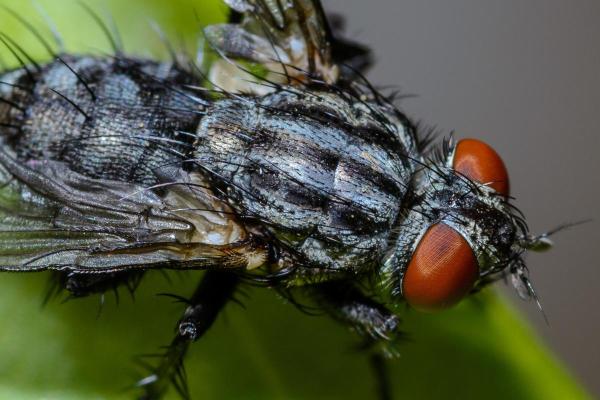
Where do flies sleep?
Flies play a significant role in food webs as they serve as a food source for various animals. Consequently, flies have evolved different strategies to protect themselves during sleep, which may include selecting hidden or inaccessible spots to minimize the risk of predation. This instinctual behavior allows them to find refuge and sleep peacefully, ensuring their survival and continuation of their vital ecological role.
The choice of sleeping locations for flies primarily depends on their species. Those inhabiting natural areas tend to sleep inside vegetation, tree trunks, or crevices, which provide effective places for both sleeping and sheltering from predators. On the other hand, flies associated with urban environments will look for suitable spaces within buildings that offer favorable conditions for their rest. These can include:
- Walls and ceilings: flies may also choose to sleep on vertical surfaces, such as walls or ceilings. They can use their sticky foot pads to cling to these surfaces and rest.
- Hidden and protected areas: this could include gaps in walls, corners of rooms, or protected areas in outdoor environments. Flies that have made their way indoors may pick to sleep in hidden spots within the house. This could include areas behind furniture, curtains, or in dark corners.
- Nesting sites: certain fly species, like houseflies, may seek out suitable locations near their breeding sites or food sources to rest. They may sleep in or around garbage cans, compost piles, or other areas where organic matter is present.
While the specific sleeping locations can vary across regions due to the global distribution of flies, there are certain temperature preferences observed. Many flies tend to seek resting areas with temperature ranges between 20 and 30ºC.
Be sure to read this other article, where we explain the reason some flies rub their paws.
How do flies sleep?
Flies have a distinct way of sleeping compared to mammals or other animals. While they do require periods of rest, their sleep patterns and mechanisms differ. In a general sense, one can say that flies' sleep is characterized by short naps, partial alertness, and the ability to quickly transition between sleep and wakefulness.
Limited research conducted on individual flies in isolation has provided some insights into their sleep behaviors. Here's a more detail overview of how flies sleep:
- Flies experience short episodes of sleep known as naps or microsleeps. These naps can last anywhere from a few seconds to a couple of minutes.
- Flies remain partially alert even during sleep, allowing them to quickly respond to potential threats or stimuli. Research on fruit flies has shown that their brain activity undergoes changes during sleep. Certain regions of the brain become less active, while others remain responsive.
- Flies lack eyelids, so their eyes typically remain open even during sleep.
- During sleep, flies may exhibit relaxed antennae, which can appear droopy or less active compared to when they are awake.
- Flies' sleep patterns can be influenced by environmental cues such as light and temperature. They may synchronize their sleep-wake cycles with natural light-dark cycles, with diurnal species sleeping more during the night and resting during the day.
Ongoing research continues to unravel the precise mechanisms and functions of sleep in flies, contributing to our understanding of sleep across different species.
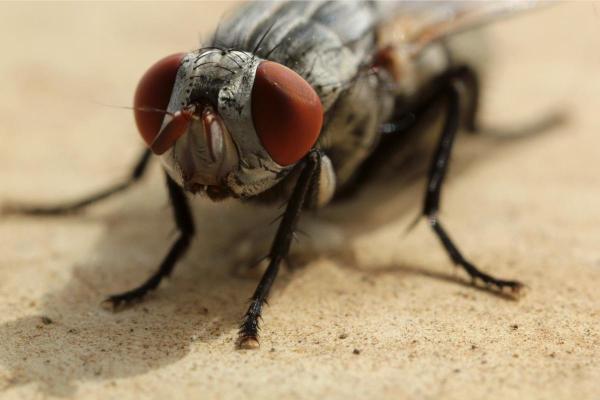
How long can flies sleep?
The sleep duration and timing in flies can vary across different species and are influenced by environmental conditions. Flies have shorter breaks or naps during the day, but their sleep patterns are not well-defined and can differ between species.
Fly sleep is characterized as any period of behavioral quiescence lasting longer than 5 minutes. Generally, flies sleep for several hours a day. Although, as mentioned before, this can vary depending on numerous factors. While individual flies exhibit consistent sleep patterns, there is significant variability within a population.
Further research is needed to gain a better understanding of fly sleep, including the identification of different sleep phases and conducting analyses in more naturalistic settings.
You might find this other article interesting, as it discusses whether flies can bite humans.
If you want to read similar articles to Do Flies Sleep? - When, Where, and How Do Flies Rest?, we recommend you visit our Facts about the animal kingdom category.
- Levine, J. (2021). Chronically solitary flies overeat and lose sleep . Available at: https://www.nature.com/articles/d41586-021-02194-2
- Li, W.; Keene, A. (2021). Flies feel the world while they sleep . Available at: https://www.nature.com/articles/d41586-021-02441-6
- Hickman, C.; Roberts, L.; Parson A. (2000). Comprehensive principles of zoology . McGraw Hill Inter-American: Spain.
- Very interesting. (2019). Do insects sleep? Available at: https://www.muyinteresante.es/curiosidades/21146.html
- Perez, J. (s/f). Muscids: Flies . Available at: https://www.eweb.unex.es/eweb/zoologia/Tema%2012-Muscidos.pdf

